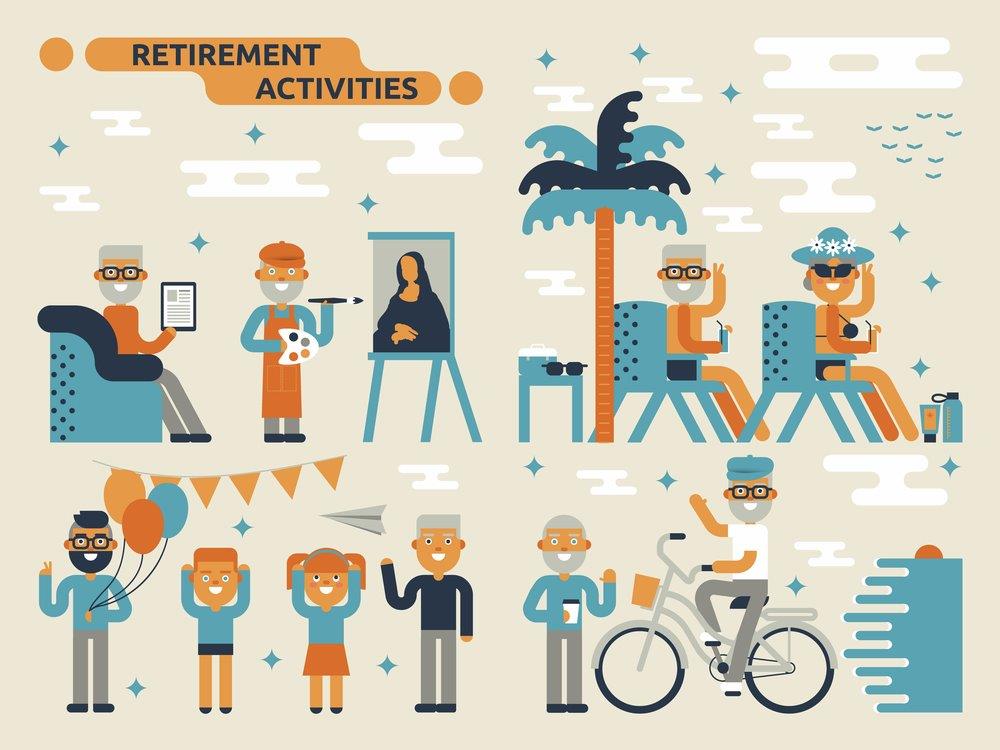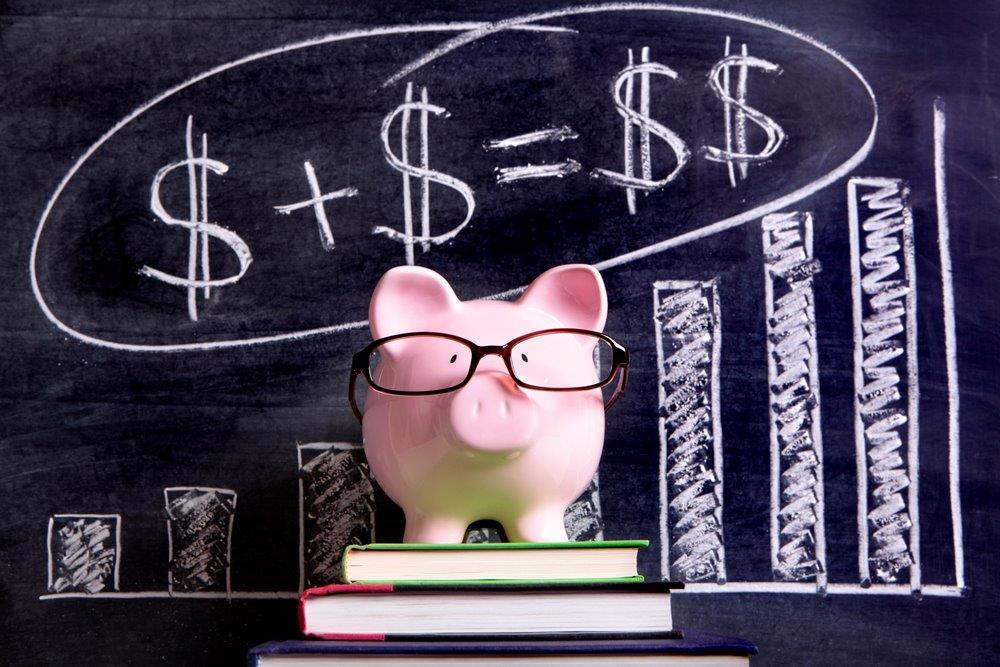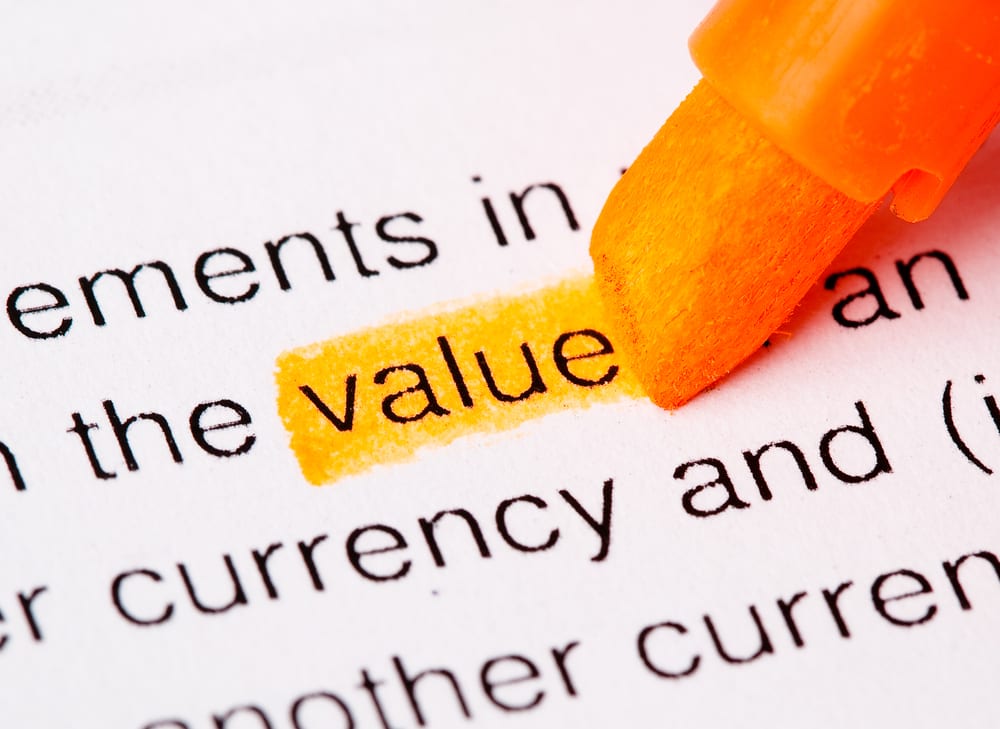Retirement planning guide Canada
Retirement is probably something you’ve been thinking about for a while now. However, planning for retirement takes time and effort.
You can’t do it overnight. Coming up with ideas of what you will do when you finally retire is easy. What’s hard is planning a series of things you must do before you retire and then actually following through on making it happen.
Retirement planning takes years to curate, implement, and not everyone has it go the way they imagine in their head… for some reason, spreadsheets don’t mirror real life. How much retirement income you will have when you retire will depend on when you start saving, and what you invest in and even more importantly, how much risk you take with your money along the way. Most Canadians don’t realize the cost of acquiring all life’s needs over their lifespan is the biggest reason they have an underfunded retirement account. Just consider for a moment the amount of money you will spend on vehicles you purchase and the repairs, maintenance and insurance on them all—that adds up to a substantial chunk of cash that leaks out of our nest egg. You can check out of training webinar to learn how you can implement a better way.
Unfortunately, only 48% of Canadians save for retirement. Whether you decide to retire at 65 or wait until 70+ years of age, retirement planning is crucial. Many Canadians with improved health and medical advancement live longer, work longer and are concerned about the longevity of their money and the risks of inflation and the markets working against them.
Canadian retirement planning
In Canada, the average retirement age is 65 years…but averages can be deceiving. With the baby boomers rapidly entering this time frame, many have found they need to keep working to make up for the losses during the 2008 financial crisis and other market turmoil over the years.
There are government pension programs such as Canada Pension Program (CPP), which requires you to contribute every year and the Old Age Security (OAS) pension. If your income is too high from all sources, you will get penalized and potentially have the entire OAS clawed back. This is based on all forms of taxable income after age 65. Essentially you are punished for earning too much when it comes to this top-up method from the feds.

If you want more control of your money, you must take your time and plan out your retirement years. Think through the retirement expenditures, taxes and retirement surprises that will likely arise. Having all of your capital at risk in the markets can turn on you quickly if you are not careful and put 30 years of effort in jeopardy faster than you can say covid pandemic!
Income and investment sound easy, but in reality, you need to have financial knowledge of how everything works and to manage your finances. Luckily, you can take a free financial literacy course to get you started.
Canadian Retirement Planning Process
Retirement planning is a process to determine your income goals after retirement and the decisions and actions required to achieve your objectives beforehand. To sum it up – fail to plan, and you may as well plan to fail.

It involves identifying your income sources, determining your expenses, coming up with a savings program (that actually works and doesn’t include a trip to the Vegas roulette table), implementing it, considering your risks, and investing in yourself primarily before considering investing in other things. Investments are finicky, and like a pendulum, they can swing both ways.
The late R. Nelson Nash said, “An investment should only be in something you know a great deal about. Everything else is speculation.” It can be scary to think about it, but with a proper plan, you’ll hack it. If you have no idea where to start, here are the steps to retirement planning.
Steps to Retirement Planning in Canada
Step 1: Understand How Long You Have Until Retirement
To form the basis of your retirement plan, your current age and the age you expect to retire should be your first consideration. Young people who have just started need to really understand the power of time. The more you put away consistently and give it time to work, the better off you will be. Don’t let the idea of taking on more risks fool you. Remember the fable of the tortoise and the hair? Slow and steady is what wins the race. Don’t get your kicks on Wall Street or Bay Street…buy a skateboard instead. Be serious and focused when it comes to the habit of saving with intention. Your future self will think that the younger version of you was a genius.
Try not to “get married” to an exact date for your retirement. Set a clear target and shoot for it, but recognize that your life and finances will often flow with forces outside of your control. Therefore, find areas in your financial life where you have the most control and consistency, so your success is like an insurance plan. In fact, you may even consider using an Insured Retirement Plan to help provide that stability and peace of mind.
You should also consider how the hidden tax of inflation is eroding your buying power. If you work with a plan that already has a built-in inflation hedge, that can go a long way. For example, some cash value insurance has fixed-level premium deposits that build liquid savings. Once it’s set up, you have locked in the strongest dollar, and you are funding the premium deposits with tomorrow’s weaker dollars. The earnings, however, are managed by the life company to keep pace with inflation trends.
Step 2: Determine Your Retirement Expenses
You need to know your retirement expenditure. Planning for your expenses ensures you will not outlast your retirement savings. It helps you determine the size of the portfolio or savings, or better than that, what you need in cash flow when you require. Cash Flow is critical. You want consistent income-producing assets, so you do not have to be forced to draw down all of your accumulation. If you draw down too much and then hit a bad market year, you can experience a terrible double whammy event and never maintain the previous standard of living.
Remember to plan based on after-tax income. Tax rates have been rising. Someone has to pay for the government’s debt…that falls on the taxpayer. Well, until you are six feet under, that is still you (in fact, they often ding you the hardest on the tax bill in your final tax return). If you have a large taxable account such as a LIRA or RRSP and the tax rates have increased, you may be in for a very rude awakening. This has been happening to many baby boomers today that are finding out the RRSP system has not saved them any taxes after all…they are paying more than the tax break they received when they put in the original deposits.
Most people assume retirement expenditure will be 70-80% of their current spending, which is usually not the case, especially in the first year of freedom. With 40 hours a week to burn, it’s easy to find things to spend your hard-earned money on, and those first few years of retirement take a focused adjustment. If you overspend like a drunken sailor, then the party (your retirement) will not last nearly as long as you intended.
The cost of living is continually increasing, and so is inflation. Additionally, retirees have more time to travel, go sightseeing, shop, etc. You should estimate at least 100% of your current expenses minus any fixed debts you have eliminated. More expenses also tend to rise for the grandkids, great-grandchildren and looming health costs are always an issue to contend with.
Track it. What you focus on expands. Be actively involved in your financial life to reach your goals. The more you manage your money, the more money you will have to manage today and in the future.
Step 3: Invest In Yourself
An investment in your education will typically bring more income and opportunity potential to you than just blindly trying an investment at random. Get your habits right, plug leaks in your monthly and annual budget that are sucking away your savings potential and be a constant student. The more you understand a “style” of wealth creation such as long-term buy and hold real estate, the easier it is to spot deals that bring you the best bang for buck along the way.
If you find yourself starting late or perhaps restarting due to an unforeseen set of life circumstances, you need to get very focused. It is impossible to make up the time, but that is no excuse to recover life losses by chasing returns. Far and wide, most people will get eviscerated attempting this, and a professional investor who has patience and knows their niche will swoop in and make all the actual profits.
Get a solid, stable asset class that consistently pays you no matter what. Then as you keep a watchful eye on the opportunities that cross your desk, you can be ready to pounce by being in a strong capital position.
If you’re unsure what stable asset classes pay you in, you can learn how to implement the Infinite Banking Concept to grow your savings with uninterrupted compounding and still have access and control to do all of the other deals that will show up in the future.
Step 4: Assess Your Saving Objectives Vs. Risk
Look, let’s be crystal clear, savings and investments are two terms that are tossed around like a salad. They seem to be used interchangeably by the financial industry all day long. Even the Canadian government seems confused based on how they have misclassified their own programs. An RRSP is no more a savings vehicle than a blackjack table is. It is actually an investment tool that allows you to put money at various risk levels. Only one of those options is a savings account. If you have an RRSP in Canada, there is a substantial chance you are invested in a big bag of mutual funds from one bank or another.
This is not savings. Savings can only be accomplished inside of a vehicle where your money can never be lost. Do not confuse investments with savings. When money is invested, regardless of the type of investment, it is always subject to the risk of loss. After the massive market correction during covid lockdowns in March and April of 2020, Canadians are rapidly shifting their investments overtime to consistent, stable asset classes such as Par Whole Life that provide very high cash values to build savings with consistency and total control.
Retirement plan for Canadians
To calculate how much income you’ll need from your retirement savings, you need to consider a few things. How much will your retirement expenses be? Will you be paying off any debts? How much will your retirement goals amount to? What about the tax rate?
You can add up all your expenses and calculate how much gross income you will need and the net income. The best calculation is to clearly set your income goal and understand your fixed and variable expenses. Then confirm how much you will require above any pension plans you may have, like CPP or a company pension plan. Then work backwards from there. Estimate how much CPP you will get depending on the age you begin receiving it. Will you be above or below the income that provides you OAS pension payments? Do you have rental properties that will be paid for or increasing rents? Do you have a business, or can you create a side hustle project today that allows you to insulate your retirement income? A way to generating new revenues?

These should all play a role in your planning. If you feel like you will be short of reaching your target, then at least you have a new target you can plan for. This could be the critical conversation between spouses to focus on how you are spending your money today.
Start Planning for Your Retirement
It is never too early to start planning your retirement. Planning for retirement is a process that takes years. Following this process will help you achieve your retirement goals. Become your own banker and take control of your retirement as early as today.
Retirement Planning Canada Tax Rate Expert
At Ascendant Financial we have expert financial advisors and coaches that can help you make a retirement plan that works and is insulated from market risks. Take control of your retirement plan today.




